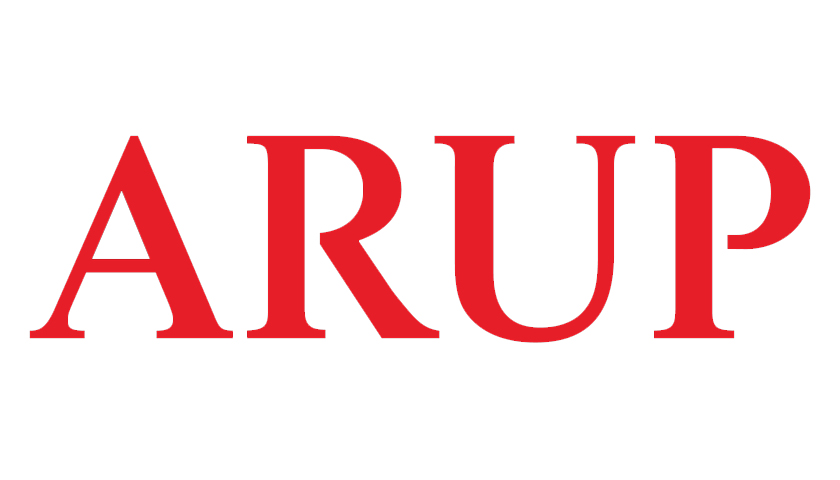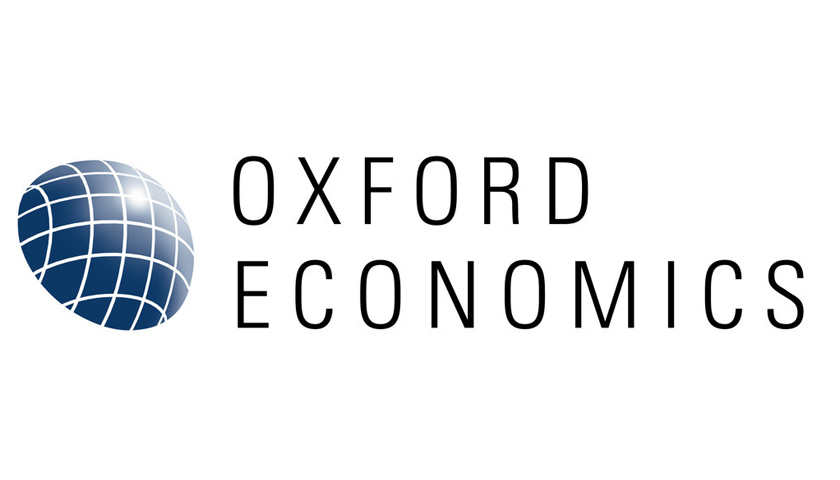Transformational change in urban areas is needed to reverse biodiversity loss and tackle climate change. That is the message Mayors Sadiq Khan of London and Valérie Plante of Montréal are sending to urban leaders around the world as they unveil new research on “urban rewilding” by C40 and Arup.
Mayors Khan and Plante will convene a roundtable of experts in London later today to explore opportunities to bring back nature in our cities, a priority for both mayors as well as mayors across the global network of C40 cities, and for Khan in his role as C40 chair.
Mayor Khan created the London Rewilding Taskforce to explore opportunities to restore natural habitat within the city. As C40 chair, he inspires cities around the world to take action. Mayor Plante led the historic Montréal Pledge on Cities United in Action for Biodiversity at the most recent United Nations Biodiversity Conference (COP15) in December. Through this initiative and C40’s Urban Nature Accelerator, cities are aiming high and exchanging best practices with one another as they grapple with increasing ecological degradation. Restoring urban nature can help to mitigate the worsening effects of climate change with rising temperatures and more extreme weather.
Mayor Khan said: “In London we are taking bold action to ensure that we halt the decline of biodiversity in our natural environment. Since being elected, I have invested almost £30 million in green space and tree planting projects, and City Hall’s world-leading Rewild London Fund is helping to restore the capital’s precious wildlife sites, improve biodiversity and ensure all Londoners have a thriving web of nature on their doorstep. After a 400-year hiatus, we’ve even welcomed beavers back to our city! And as part of our Green New Deal, we’re supporting young Londoners to gain the skills required for jobs that help secure a future for London’s natural environment.”
Mayor Plante said: “Local governments have a crucial role to play in adapting territories and economic systems to climate change and protecting biodiversity. This implies major changes in transport logistics, the configuration of public spaces, neighbourhood planning and the place of nature in our cities while promoting human health and well-being. In December, at the COP 15, an historic agreement was signed in Montréal to reverse the global decline in biodiversity. An agreement that is still bearing fruit today, as a global treaty to concretely protect marine life in the high seas has just been signed at the UN. Our city is more dedicated than ever in accelerating the ecological transition by putting biodiversity, as well as green and blue spaces, at the heart of our decision-making. The city’s strategic plan, Montréal 2030, our Climate Plan and our Nature and Sports Plan concretely support this through targeted and large scale actions.”
Lily Ginsberg-Keig, sustainability and climate change expert at Arup, said: “We think of cities as concrete jungles – as spaces for humans, with nature pushed aside. But re-integrating nature into human spaces is crucial to reversing biodiversity loss and tackling climate change. There are inspiring examples of cities finding creative ways to make this happen – from green corridors and pocket forests to wetlands. But we must do more, so our research shows cities how to create urban rewilding projects that lead to improved biodiversity, better health and wellbeing, and help adapt to and mitigate climate impacts.”
C40 Executive Director Mark Watts said: “There’s no reason why city dwellers should have to leave metropolises to experience wild nature. Indeed, it is impossible to limit global heating to 1.5°C without adequate protection and restoration of ecosystems. Reintegrating nature into urban spaces absorbs carbon, helps to provide clean air, flood-proof areas and cool spaces, as well as improving people’s health and making cities more pleasant and exciting places to live.”
The new report by Arup and C40, titled “Urban Rewilding: the Value and Co-benefits of Nature in Urban Spaces,” defines urban rewilding as “restoring natural habitats and their processes in urban spaces, working towards a state of human-nature coexistence.” It celebrates and shares best practices from urban nature initiatives from around the world, including:
- London’s Wild West End initiative is adding spaces for wildlife within dense areas of central London. Since the project’s inception, a network of green roofs, walls, planters and pocket parks have been designed across London to bring pollinators, birds and bats to urban spaces back.
- Montréal is leading the sustainable development of the Frédéric-Back Park from a former limestone quarry and landfill site into 153 hectares large scale park by 2025. The rehabilitation of the park has succeeded in encouraging the return of birds, insects and small amphibians.
- Delhi established several “biodiversity parks” in response to growing concerns of rapid urbanisation and decreasing biodiverse habitats. The parks have helped to improve water and air quality, helped with floodwater management and carbon sequestration, and lowered temperature levels.
- Lagos is using community-driven vertical gardens to lower temperature levels, increase biodiversity and provide alternative food sources. The project, led by a collaboration between the University of Cardiff and leaders in the Yoruba community, is based in Agege, one of Lagos’ most densely populated areas whose low-income residents are disproportionately affected by the region’s increasing droughts and floods.
- São Paulo is working to restore some of the rainforest and savannah habitats that existed before the city was built. Local authorities and community groups are working together to create “pocket forests” (“Florestas de Bolso”) across the city.
C40 will work with partners to build on this work to help cities around the world restore natural habitat.


